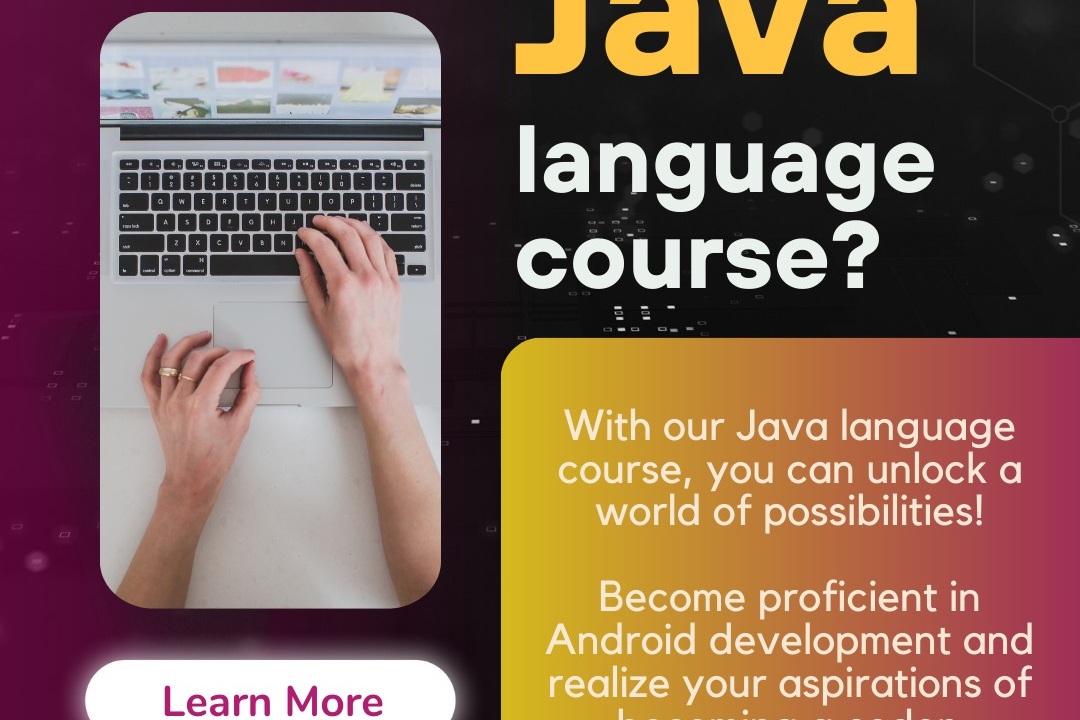Java For Multimedia Applications
Multimedia Programming with Java: Techniques and Applications
Java For Multimedia Applications
Java is a versatile programming language well-suited for multimedia applications due to its robust set of libraries, platform independence, and strong object-oriented features. With the Java Media Framework (JMF), developers can easily integrate audio, video, and other media types into their applications, allowing for the creation of rich interactive content. Additionally, Java's strong support for graphics through the Abstract Window Toolkit (AWT) and Swing library enables the development of visually appealing user interfaces. Java's ability to run on various platforms without modification ensures that multimedia applications can reach a broader audience. Furthermore, with the rise of JavaFX, developers can create modern, immersive multimedia experiences that leverage advanced graphics capabilities and responsive designs. Overall, Java's comprehensive ecosystem makes it a powerful choice for developing multimedia applications across different devices and environments.
To Download Our Brochure: https://www.justacademy.co/download-brochure-for-free
Message us for more information: +91 9987184296
1 - Platform Independence: Java applications run on any device with the Java Virtual Machine (JVM), making multimedia applications accessible across different platforms (Windows, macOS, Linux, etc.).
2) Robust Frameworks: Java provides powerful frameworks such as JavaFX and Swing, which simplify the development of rich multimedia applications, offering built in components for graphics, audio, and video.
3) Rich User Interfaces: JavaFX, in particular, allows developers to create visually appealing UIs with animation and rich graphics, enhancing the user experience in multimedia applications.
4) Graphics Rendering: Java offers advanced graphics capabilities through the Abstract Window Toolkit (AWT) and Java 2D, enabling the drawing of shapes, images, and text for graphical applications.
5) Audio and Video Support: Java Media Framework (JMF) allows developers to integrate audio and video playback, capture, and processing into applications, making it suitable for streaming and multimedia content.
6) Game Development: Java is popular in game development due to its portability and performance. Libraries such as LibGDX help create interactive multimedia games for various platforms.
7) Networking Capabilities: Java's networking APIs allow multimedia applications to stream content from the internet, enabling features like real time audio and video chat applications.
8) Multithreading: Java's support for multithreading enables the simultaneous execution of multiple tasks, which is crucial for handling audio/video processing without hindering the application's performance.
9) Easy to Learn: With its clear syntax and object oriented structure, Java is relatively easy to learn, making it an ideal choice for beginners in multimedia application development.
10) Community Support and Resources: Java has a large community and extensive documentation, providing ample resources, libraries, and frameworks for multimedia project development.
11) Cross Platform Libraries: Libraries like Processing simplify coding for graphics and sound, providing students with tools to easily create sound and visual applications.
12) Integration with Web Technologies: Java applets (although less common now) and Java web applications can integrate multimedia directly into web pages, allowing for interactive and rich media experiences.
13) Database Connectivity: Java's JDBC API allows multimedia applications to connect to databases, enabling features such as saving user preferences, media metadata, and application content.
14) Open Source Libraries: Numerous open source libraries (like JLayer for MP3 playback) provide additional functionality for multimedia applications, allowing for greater flexibility in projects.
15) Support for Animation: Java provides capabilities for creating animations through timelines and transitions, making it easier to develop engaging multimedia experiences.
16) Development Tools: Tools like IntelliJ IDEA and Eclipse offer support for Java development, providing plugins and features specifically designed for multimedia programming.
17) Audio Processing Capabilities: Java Sound API offers a way to manipulate sound through features like mixing, sound synthesis, and effects application, which is critical for multimedia development.
18) Future Trends: Java remains relevant with evolving technologies such as IoT and cloud computing, allowing multimedia applications to leverage these advancements for broader and innovative uses.
This structured approach should provide a comprehensive overview of Java's utility in multimedia applications for a training program!
Browse our course links : https://www.justacademy.co/all-courses
To Join our FREE DEMO Session: Click Here
Contact Us for more info:
- Message us on Whatsapp: +91 9987184296
- Email id: info@justacademy.co












